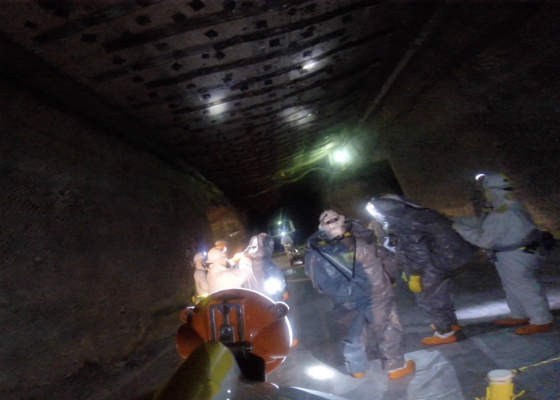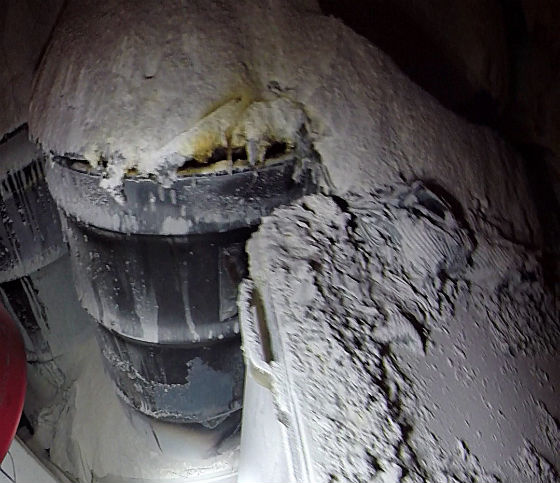Scientists have identified a potential Achilles’ heel for Salmonella – the bacteria’s reliance on a single food source to remain fit in the inflamed intestine.
When these wily bugs can’t access this nutrient, they become 1,000 times less effective at sustaining disease than when they’re fully nourished.
The research suggests that blocking activation of one of five genes that transport the nutrient to Salmonella cells could be a new strategy to fight infection.
“For some reason, Salmonella really wants this nutrient, and if it can’t get this one, it’s in really bad shape,” said Brian Ahmer, associate professor of microbial infection and immunity at The Ohio State University and lead author of the study. “If you could block Salmonella from getting that nutrient, you’d really stop Salmonella.”
The research is published in the journal PLOS Pathogens.
Generally, most of the 42,000 people from the US who report Salmonella infection annually ride out the gastroenteritis symptoms of diarrhea, fever, stomach cramps and vomiting for four to seven days, according to the Centers for Disease Control and Prevention. Antibiotics aren’t a recommended treatment for most infections because they kill good gut bacteria along with Salmonella.
The nutrient needed by Salmonella is composed of a sugar and amino acid stuck together, and is called fructose-asparagine. Its identification alone is also unusual: “It has never been discovered to be a nutrient for any organism,” Ahmer said.
Ahmer and colleagues found this important food source by first identifying the genes that Salmonella requires to stay alive during the active phase of gastroenteritis, when the inflamed gut produces symptoms of infection.
Using a genetic screening technique, the researchers found a cluster of five genes that had to be expressed to keep Salmonella from losing its fitness during gastroenteritis. They then determined that those vital genes work together to transport a nutrient into the bacterial cell and chop up the nutrient so it can be used as food.
The study refers to the pathogen’s fitness because it’s an all-encompassing word for Salmonella survival, growth and ability to inflict damage.
Identifying the nutrient that the genes acted upon was a bit tricky and involved some guessing, Ahmer said. The team realized that the Salmonella genes they found resembled genes in other bacteria with a similar function – transporting the nutrient fructose-lysine into E. coli. But seeing a difference between the genes, the researchers landed, with some luck, on fructose-asparagine.
The researchers ran numerous experiments in cell cultures and mice to observe what happened to Salmonella in the inflamed gut when these genes were mutated. Under differing conditions, Salmonella’s fitness dropped between 100- and 10,000-fold if it could not access fructose-asparagine, even if all of its other food sources were available.
“That was one of the big surprises: that there is only one nutrient source that is so important to Salmonella. For most bacteria, if we get rid of one nutrient acquisition system, they continue to grow on other nutrients,” Ahmer said. “In the gut, Salmonella can obtain hundreds of different nutrients. But without fructose-asparagine, it’s really unfit.”
Because of that sole source for survival, the genes needed for acquisition of this nutrient could be effective drug targets.
“Nobody’s ever looked at nutrient transporters as drug targets because it’s assumed that there will be hundreds more transporters, so it’s a pointless pursuit,” Ahmer said.
This kind of drug also holds promise because it would affect only Salmonella and leave the trillions of other microbes in the gut unaffected.
Ahmer and colleagues are continuing this work to address remaining questions, including the window of time in which access to the nutrient is most important for Salmonella’s survival as well as identifying human foods that contain high concentrations of fructose-asparagine.







